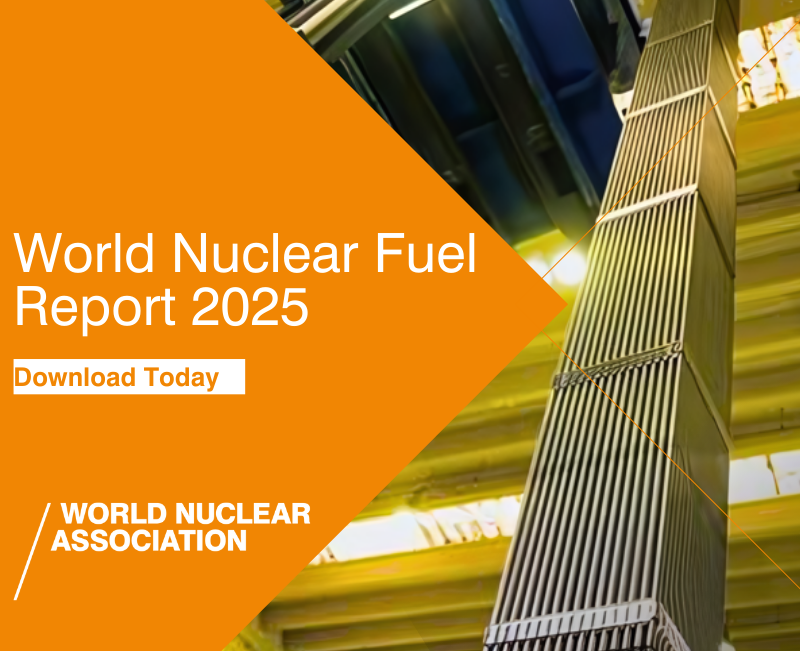The output of the 938 MWe pressurised water reactor (PWR) was gradually reduced from 13:00 (local time) on Saturday 17 May and was disconnected from the grid at about 22:00, according to the Ministry of Economic Affairs. The reactor was declared in a safe shutdown state about two hours later.
Construction of Maanshan 2 began in February 1979. The unit attained first criticality on 1 February 1985 and was connected to the grid later that month, entering commercial operation three months later.
In July 2021, state-run Taiwan Power Company (Taipower) submitted an application to the Atomic Energy Council to shut down the two-unit Maanshan plant. According to existing legislation, the utility must file an application to decommission the units at least three years prior to energy production stopping.
Unit 1 of the Maanshan plant - a 936 MWe PWR - shut down on 27 July last year on the expiry of its operating licence.
Phase-out policy
Taiwan's Democratic Progressive Party (DPP) was elected to government in January 2016 with a policy of creating a "nuclear-free" Taiwan by 2025. Under this policy, Taiwan's six operable power reactors would be decommissioned as their 40-year operating licences expire. Shortly after taking office, the DPP government passed an amendment to the Electricity Act, passing its phase-out policy into law. The government aims for an energy mix of 20% from renewable sources, 50% from liquefied natural gas and 30% from coal.
However, in a referendum held in November 2018, voters chose to abolish that amendment. The Ministry of Economic Affairs said the amendment was officially removed from the Electricity Industry Act on 2 December.
Nevertheless, then Minister of Economic Affairs Shen Jong-chin said in January 2019 "there would be no extension or restarts of nuclear power plants in Taiwan due to subjective and objective conditions, as well as strong public objection".
Unit 1 of Taiwan's oldest plant, Chinshan, was taken offline in December 2018, followed by Chinshan 2 in July 2019.
The 40-year operating licence for Kuosheng 1 was due to expire on 27 December 2021, when it was due to be shut down. However, in May of that year, Taipower announced it would only be able to operate the reactor until June owing to a lack of storage in the unit's used fuel pool. Unit 2 of the Kuosheng plant was shut down in March 2023.
The construction of two units at Lungmen began in 1999, but the project has been beset with political, legal and regulatory delays. The completed unit 1 was mothballed in July 2015, while construction of unit 2 was suspended in April 2014.
As Taiwan's last operating reactor, Maanshan 2 had been providing about 3% of its electricity.
"This year, four large gas-fired units with a capacity of nearly 5 million kilowatts, including Datan, Hsingda and Taichung power plants, and about 3.5 million kilowatts of wind and photovoltaic power will join the power supply ranks, ensuring that the people have no worries about electricity," the Ministry of Economic Affairs said.
Article researched and written by WNN's Warwick Pipe

_48620.jpg)




_69218.jpg)
_27928.jpg)

_76087_55556.jpg)




